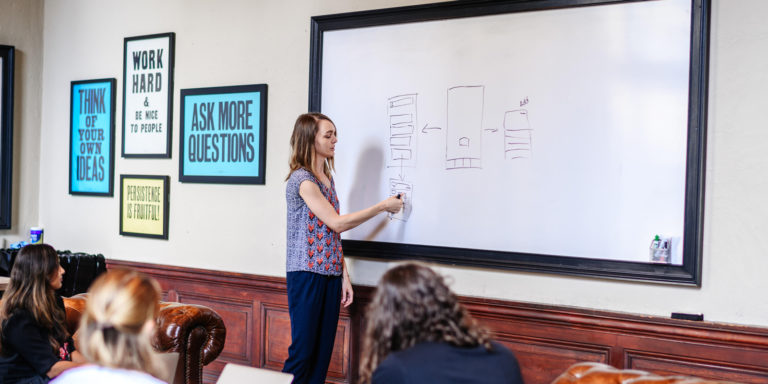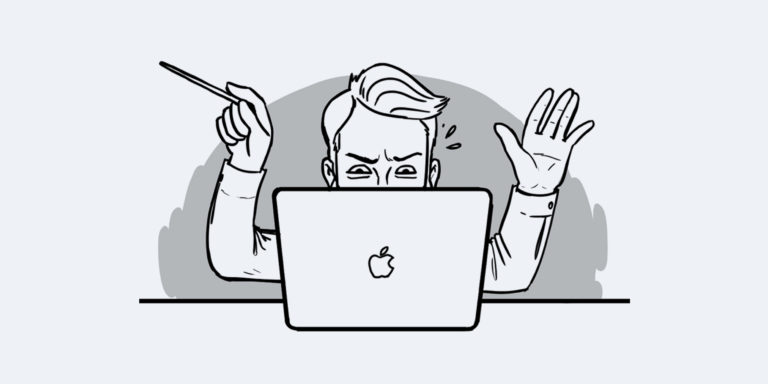The Designer’s Requirement

Once, in a moment of earnest wonder, a designer we were interviewing at Think Brownstone paused in the middle of presenting their work and asked “do you ever stop caring?” implying that caring too much about the work can burn you out.
Designers never stop caring. They can’t, because empathy is in the bedrock of their work. They daydream of the world embracing new ideas. They murmur your projects’ names in their sleep. They take long, hard looks in the mirror and wonder what caring this much is doing to their health. And when they fail you, when they fall on their face and come up short in their work, the caring hurts. Beating themselves up over their failures, designers who have poured themselves into their work will compartmentalize, rationalize, or tell themselves they are dead inside. Older designers may sometimes learn to make their practice purely analytical, but the caring never goes away.
“Oh, but we want our designers to care,” you might say. “We want designers who are passionate for our products and services.”
Of course you do. That’s not what I’m talking about.
Nobody became a designer to solve your business problems. Many were compelled to be an agent of change for grander and more personal reasons. Sure, that sounds subversive, but when you hire a designer you introduce an outsider to your problems because you need change. You need someone else to come in and give a voice to the unheard. Some do it for the money, but many agree to do this work for you because they believe it lies on the road towards the fulfillment of something else.

You know something about this, because you are a designer, too.
You might not get paid as a designer, but you are one. The professional designer simply builds on top of something innate. Stripped to the core, design is a fundamental human ability that is available to everyone. So is climbing mountains, and so is singing opera.
Remember building sand castles at the beach and learning how far the tide comes in? Remember rubber-banding your lunchbox so it wouldn’t open in your backpack? Remember drawing that picture in first grade and how everyone gathered around your desk? They wanted to understand how you saw things. There was a moment for you when the world became a place that could be known, and the instant you changed it on purpose—even just a little bit—to try to make it better, you became a designer. It happened to you very early.
It’s unfortunate to think of designers as simply pixel-pushers and wire-framers and concept-organizers who only care about optimizing your products or services. They are also dreamers. They became designers because they believe their practice will lead them to their personal picture of a better world, and they do this on your behalf.
When you hire a designer, or a group of designers, ask them why they design. Why your project? What’s in it for them other than money? It’s not impolite to ask. Unlike a corporate raider or a foreign diplomat, there is no real strategic advantage for a designer to hide their desires. If anything, they’ll probably be thrilled that you asked. You should want to ask them, because what they care about deep down is the fuel they are burning to get your work done.
And yes, we hired that designer.



